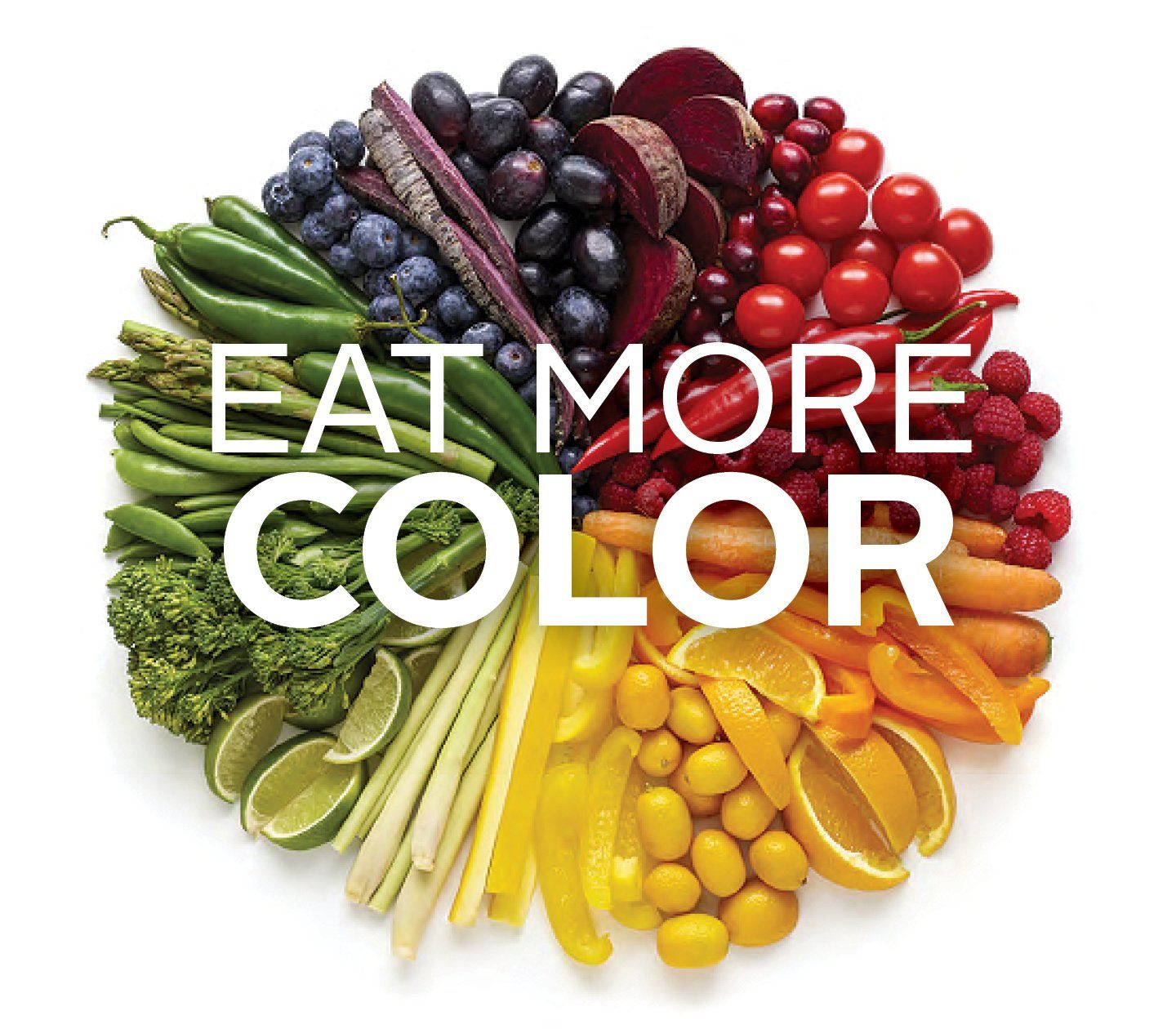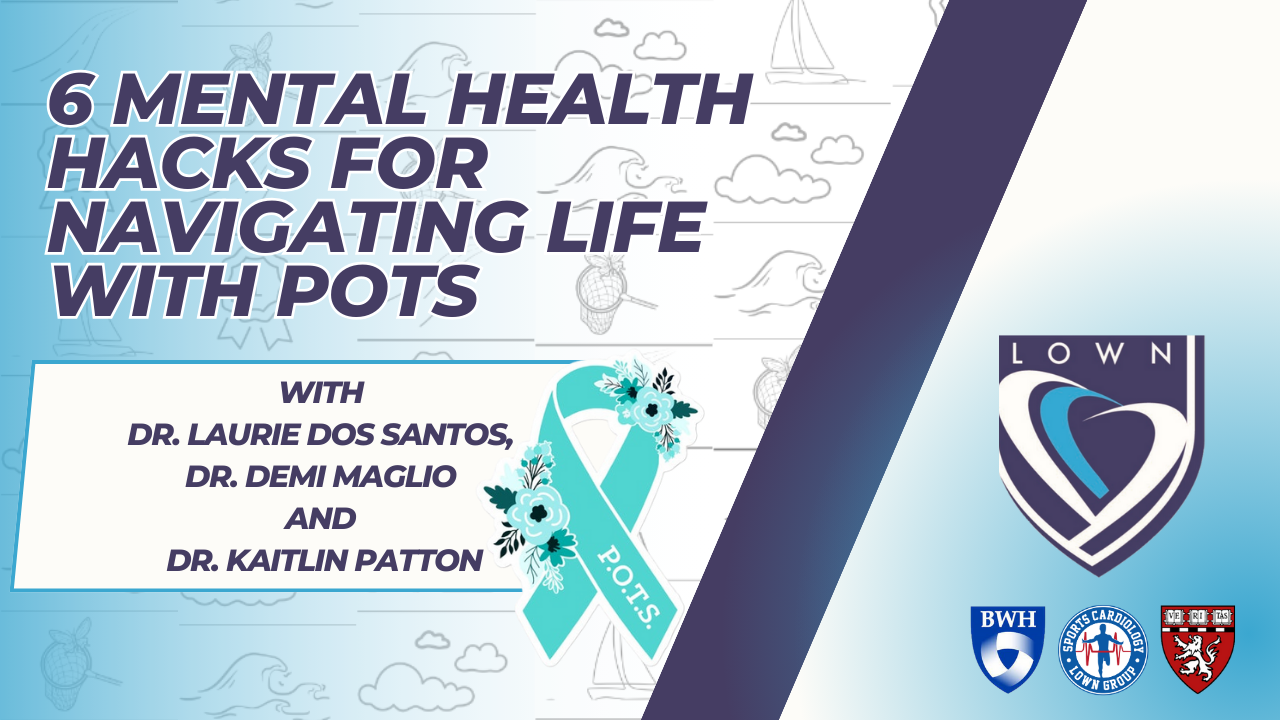Eating Your Fruits and Veggies May Help Reduce the Risk of Chronic Disease
Color Your World with Every Hue of Fruit and Vegetable

Fill your plate with a vibrant, colorful array of fruits and vegetables for a naturally delicious way to meet your daily requirement of vitamins, minerals and nutrients. Plant foods contain thousands of natural compounds called phytonutrients, which may have anti-inflammatory benefits that can help reduce the risk of chronic diseases. Every color has a contribution to make – aim for a few different ones each day, and enjoy the entire spectrum.
Red and pink:
These fruits and vegetables are an abundant source of the carotenoid lycopene, which may help balance free radical activity in the body, offering protection against prostate cancer and heart and lung disease. Additional picks: red onions, persimmons and raspberries.
| beets | cherries | cranberries | pink grapefruit | pomegranates |
|---|---|---|---|---|
| radicchio | red radishes | red apples | red grapes | red peppers |
| red potatoes | rhubarbs | strawberries | tomatoes | watermelons |
Orange and yellow:
Enjoy an extra boost of beta cryptoxanthin, which supports intracellular communication and may help prevent heart disease. Orange and yellow fruits and vegetables also contain vitamin C and carotenoids, including beta-carotene, which is associated with promoting healthy vision and cell growth. Additional picks: pomelos, turmeric root and star fruit.
| acorn | squash | butternut squash | apricots | cantaloupes |
|---|---|---|---|---|
| carrots | corn | grapefruit | lemons | mangoes |
| nectarines | oranges | orange | peppers | papayas |
| peaches | pineapples | pumpkins | summer squash | sweet potatoes |
| tangerines | yams | yellow apples | yellow peppers | yellow squash |
Green:
These are some of the healthiest fruits and vegetables, rich in chemicals like sulforaphane, isocyanate and indoles, which may inhibit the action of carcinogens. Dark green and leafy vegetables have the highest concentration of both antioxidants and fiber. They’re also packed with potassium,
lutein, isothiocyanates, isoflavones and vitamin K, which can be important for vision, bone and blood health. Greens like kale have as much calcium as milk. Additional picks: Swiss chard, arugula, zucchini, edamame, alfalfa sprouts and green herbs (mint, rosemary, sage, thyme and basil).
| artichokes | asparagus | avocados | bok choy | broccoli |
|---|---|---|---|---|
| Brussels sprouts | celery | collard greens | cucumbers | green beans |
| green cabbage | green grapes | green onions | green peppers | kale |
| kiwis | leeks | limes | mustard greens | okra |
| pears | peas | romaine lettuce | snow peas | spinach |
| sugar snap peas | watercress | zucchini |
Blue and purple:
Anthocyanins – powerful antioxidants that may help delay cellular aging, block the formation of blood clots and boost urinary tract health – abound in these fruits and veggies. Additional picks: beetroot, radishes and purple cabbage.
| Blackberries | Blueberries | black currants | dates |
|---|---|---|---|
| eggplants | grapes | plums | prunes |
| purple | figs | raisins |
White:
These foods may not be as brightly hued as the others, but they shine with valuable phytonutrients. These include the potentially anti-tumor properties of allicin and quercetin, found in garlic and onions; the healthy compound sulforaphane in the cruciferous cauliflower; and immune-supporting selenium in mushrooms. Additional picks: leeks, white beans (cannellini, navy beans, lima beans, soybeans), lychees, white peaches and daikon radish.
| bananas | cauliflower | garlic | Jerusalem artichokes | mushrooms |
|---|---|---|---|---|
| onions | potatoes | parsnips | shallots |
Sources:
American Heart Association,
Rush.edu,
Harvard Health
Recent Blog Posts






